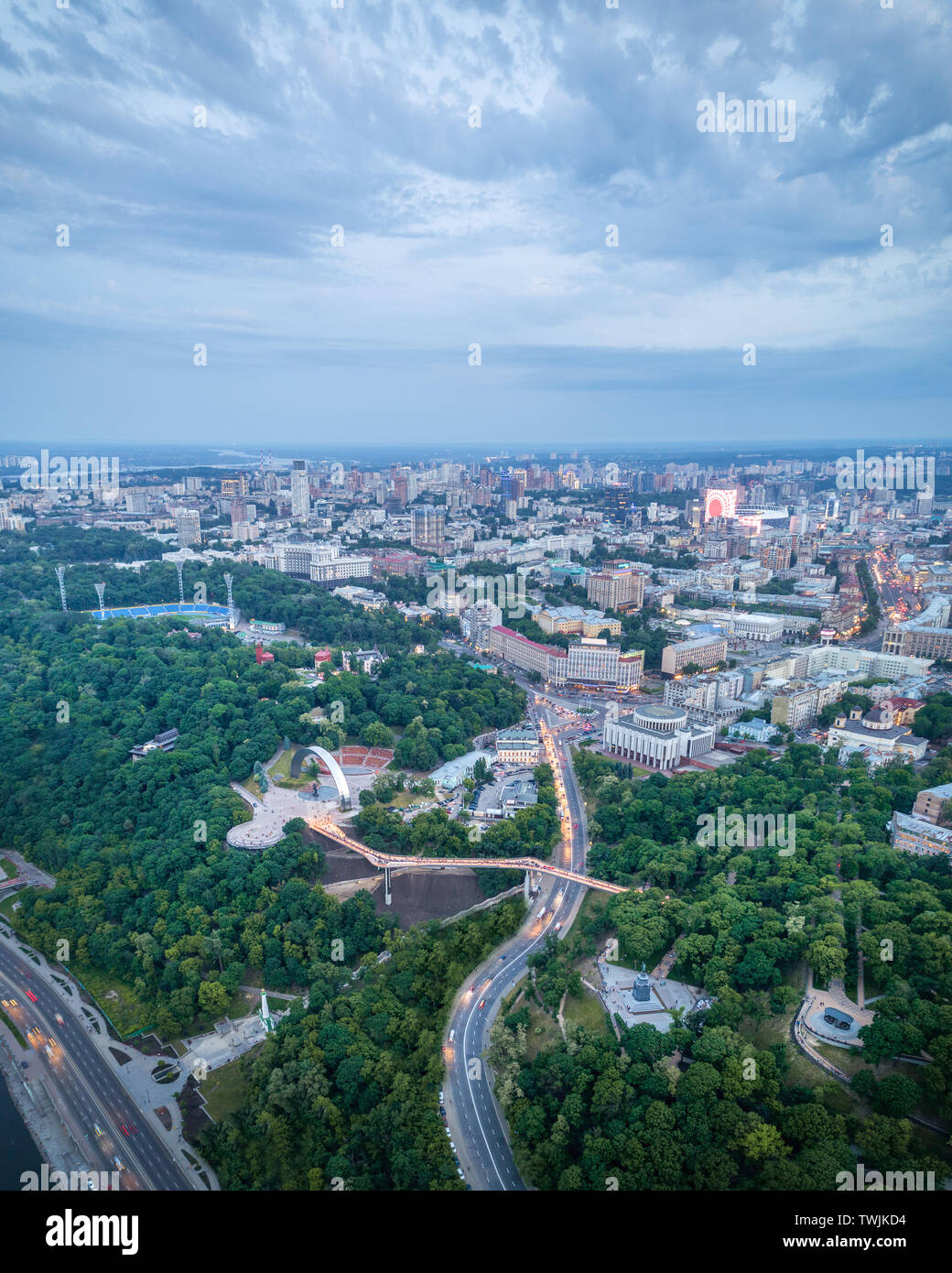The Kiev Monastery of the Caves, or the Kyiv Pechersk Lavra, stands as a formidable testament to the enduring spiritual heritage of Eastern Europe. Nestled on the banks of the Dnieper River, this venerable site serves as a magnificent interplay of architectural grandeur and sacred devotion. Its hallowed halls and labyrinthine caves beckon believers and seekers alike, creating a unique tapestry of faith and history that resonates profoundly within the Christian tradition.
To tread upon the grounds of the Monastery is to embark on a journey through the annals of time. Established in the 11th century by the ascetic monks Anthony and Theodosius, the Lavra is not merely a structure of stone and mortar, but rather an ethereal embodiment of spiritual aspiration and communal harmony. The bewitching charm of the monastery is likened to a ship navigating the turbulent waters of life, its towering bell towers seeking communion with the heavens while remaining steadfast against the storm.
The architectural elegance of the Lavra is striking; gilded domes shimmer like celestial orbs against the cerulean skies. The baroque and Byzantine influences coalesce harmoniously, creating a visual symphony that permeates the soul. The Church of the Trinity, with its distinctive blue and golden facade, encapsulates the grandeur of Orthodox spirituality. It stands as both a beacon of hope and a sanctuary where the faithful can seek solace and enlightenment. It is within these sacred walls that the melody of prayer reverberates, resonating across the centuries like the tranquil sound of a distant chime.
As one delves deeper into the labyrinthine caves, the true essence of the monastery unfurls. The cave complex stretches for miles, each passageway infused with a palpable sense of reverence. It has been said that the very air within the tunnels carries the whisper of ancient prayers and the warmth of saints’ presence. The caves serve as tombs for numerous monastic figures, preserved as a testament to their unwavering faith and dedication. Their sanctified bodies rest in tranquil repose, becoming both symbols of humility and embodiments of divine aspiration.
The significance of the Kiev Monastery of the Caves extends far beyond its awe-inspiring architecture or historical prestige. It is a crucible of faith, where legends intertwine with the everyday lives of believers. Many pilgrims undertake pilgrimages to this sacred space, their footsteps echoing with the weight of centuries of devotion. Each visit becomes a transformative experience, akin to finding a hidden treasure in the recesses of the heart. The monastery becomes a metaphorical oasis amidst the parched landscape of the earthly realm—a sacred refuge where spirituality flourishes and reignites one’s connection to the divine.
The Monastery also epitomizes the resilience of the Orthodox faith in the face of adversity. Throughout its history, it has withstood invasions, wars, and political turmoil, emerging as a steadfast lighthouse of hope. The innumerable trials faced by the Lavra mirror the struggles of faith itself, reflecting the persistent quest for divine truth amid the tumultuous waves of existence. In its endurance, the monastery does not merely survive; it flourishes, continually inviting all seekers into its sacred embrace.
The natural surroundings further amplify the Monastery’s allure. Poised atop a hill overlooking the Dnieper, the Lavra’s panoramic view invites contemplation. The meandering river flows like the passage of time, reminding visitors of both the transience of life and the unwavering presence of the divine. As one gazes upon the flowing waters, the reflection of the monastery’s gilded domes transforms into an emblem of hope—a promise that, even in the darkest times, light persists.
Within this sacred space, the interplay of tradition and modernity is captivating. The Monastery stands not only as a historical relic but also as an active center of worship and community. Its ongoing liturgical practices bring together generations of believers, united in their devotion and reverence. In this way, the Lavra serves as a bridge connecting the past with the present, offering a sanctuary where age-old traditions find new expressions in the ever-evolving tapestry of faith.
The spiritual fervor witnessed at the Kiev Monastery of the Caves is a reminder of the universal quest for meaning that resonates beyond cultural boundaries. It invites individuals of all backgrounds to reflect on their own spiritual journeys, to seek that which transcends the earthly realm. In navigating the hallowed hallways and contemplative caves, one might discover that the essence of faith is illuminated not only in the grandiosity of architecture but also in the quiet moments of introspection and connection with God.
In a world that often feels fragmented, the Kiev Monastery of the Caves stands as a resplendent beacon of unity. It encourages an understanding of the transcendent history and spirituality that bind humanity together. As pilgrims leave the monastery grounds, they carry with them not just a memory of a beautiful location, but a revitalized spirit and a renewed commitment to their own faith journeys.
In this enduring sanctuary, the echoes of devotion reverberate, reminding us that every corner of this world has the potential to be transformed into a sacred space. The Kiev Monastery of the Caves invites us to embrace that potential, encouraging us to seek out the divine within our own lives, and to embody the spirit of faith that has prevailed across the ages.



